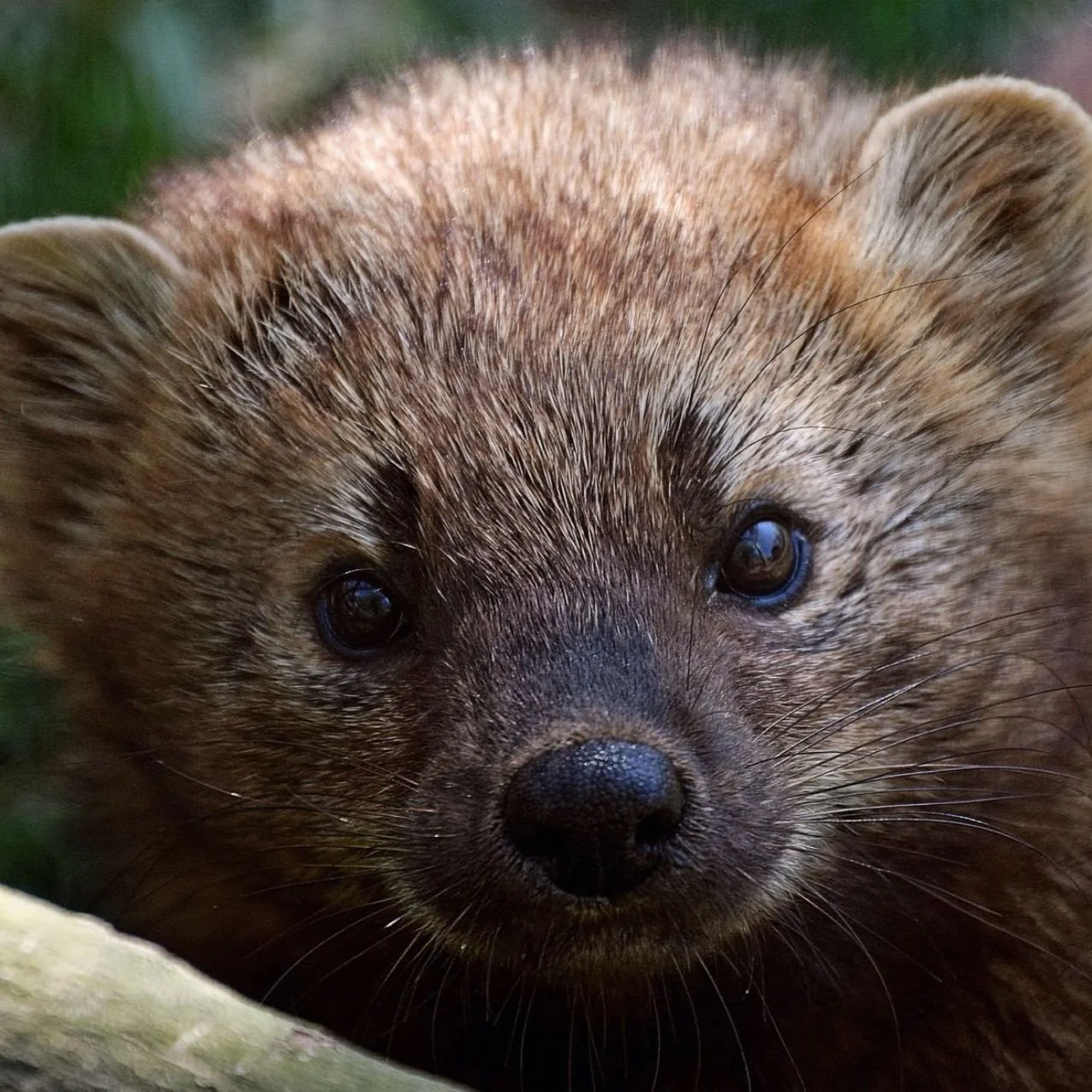5 essential books by Indigenous authors everyone should read
/In our mission to protect the Potomac River, we have to understand how Indigenous people have and are still shaping the environmental movement.
Participants in the Potomac River Walk Ritual, 2016. Photo courtesy of the Chesapeake Bay Program.
Potomac Conservancy respects the ancestral rights, cultures, and dignities of Indigenous peoples and tribes of the Potomac River region including the Manahoac, Massawomeck, Nacotchtank, Patawomeck, and Piscataway Conoy. We commit to further educating ourselves on the harm inflicted on tribes in the region and, as an organization, we will step into meaningful action as an ally to our Indigenous neighbors.
Along the Potomac River, many Indigenous tribes, including the Piscataway, the Powhatan, and the Nanticoke, thrived for thousands of years prior to being displaced by European colonization. Today, Indigenous people make up a robust element of our local environmental movement.
At Potomac Conservancy, as we work to protect and celebrate the lands and water of the Potomac River, it is vital that we face two uncomfortable facts about local public lands:
All lands in the United States are the ancestral lands of Indigenous peoples - most of whom were forcibly removed from their homes and had their rights to use their lands and waters stripped away.
Indigenous peoples throughout our nation have shaped the movement for the conservation of public lands, often without credit.
That’s why there’s no time like the present to learn about the history of Indigenous peoples in the United States, their relationship with the environment, and their indispensable work for environmental justice with these essential reads by Indigenous authors.
Braiding Sweetgrass: Indigenous Wisdom, Scientific Knowledge, and the Teachings of Plants by Robin Wall Kimmerer
Braiding Sweetgrass is a modern classic for plant lovers, botany nerds, and anyone with a deep connection to nature.
In this best-seller, Robin Wall Kimmerer (a member Citizen Potawatomi Nation and Doctor of Botany) demonstrates how ancient indigenous knowledge can be woven with western science in order to heal the land - and our relationship with it.
“The traditional ecological knowledge of indigenous harvesters is rich in prescriptions for sustainability. They are found in Native science and philosophy, in lifeways and practices, but most of all in stories, the ones that are told to help restore the balance, to locate ourselves once again in the circle.” - Page 179
2. Earth keeper: reflections on the American land by Scott N. Momaday
This book is a series of essays where Momaday (a member of the Kiowa tribe) reflects on the earth and its effect on people. He shares memories and stories that have been passed down through generations and reveals his profound connection to the land.
“When we dance the earth trembles. When our steps fall on the earth we feel the shudder of life beneath us, and the earth feels the beating of our hearts, and we become one with the earth. We shall not sever ourselves from the earth. We must chant our being, and we must dance in time with the rhythms of the earth. We must keep the earth.” - Page 17
3. All our relations: native struggles for land and life by Winona LaDuke
Winona LaDuke provides an in-depth account of Native struggles against environmental and cultural degradation featuring many different tribes. She fills the pages with inspiring testimonies and self-determination for the community.
“The Seminoles, like many other Native people, will tell the great engineers who move the rivers and drain the wetlands that man should not do the Creator’s work. Or, perhaps, as the Cree said, in reference to the mega-dams of northern Quebec: “Beavers are the only ones allowed to make dams in our areas.” - Page 30
4. Indigenous DC: Native Peoples and the Nation's Capital by Elizabeth Rule
Indigenous people are often excluded from the narrative of the Nation’s Capital. To address the invisibility, Elizabeth Rule highlights the important contributions indigenous people and leaders have made to DC’s history.
This book includes narratives from our region’s inhabitants and members of the Indigenous diaspora in DC.
“In practice, mapping sites of Indigenous significance to Washington, DC, opens pathways for understanding the past as a way to empower Native communities today.” - Page 181
5. Iwígara: The Kinship of Plants and People by Enrique Salmón
Dr. Enrique Salmón’s book highlights 80 plants that are cherished by indigenous people in North America. He goes into depth about each plant and provides information about their health benefits, their use as food when to harvest them, and more.
“A worldview based on iwígara compels me to act as a responsible steward of my plant relatives. It reminds me also to always give thanks to the plants when I am gathering and collecting. I will make an offering and verbally offer my gratitude to the plants being collected as well as the land.” - Page 23



















